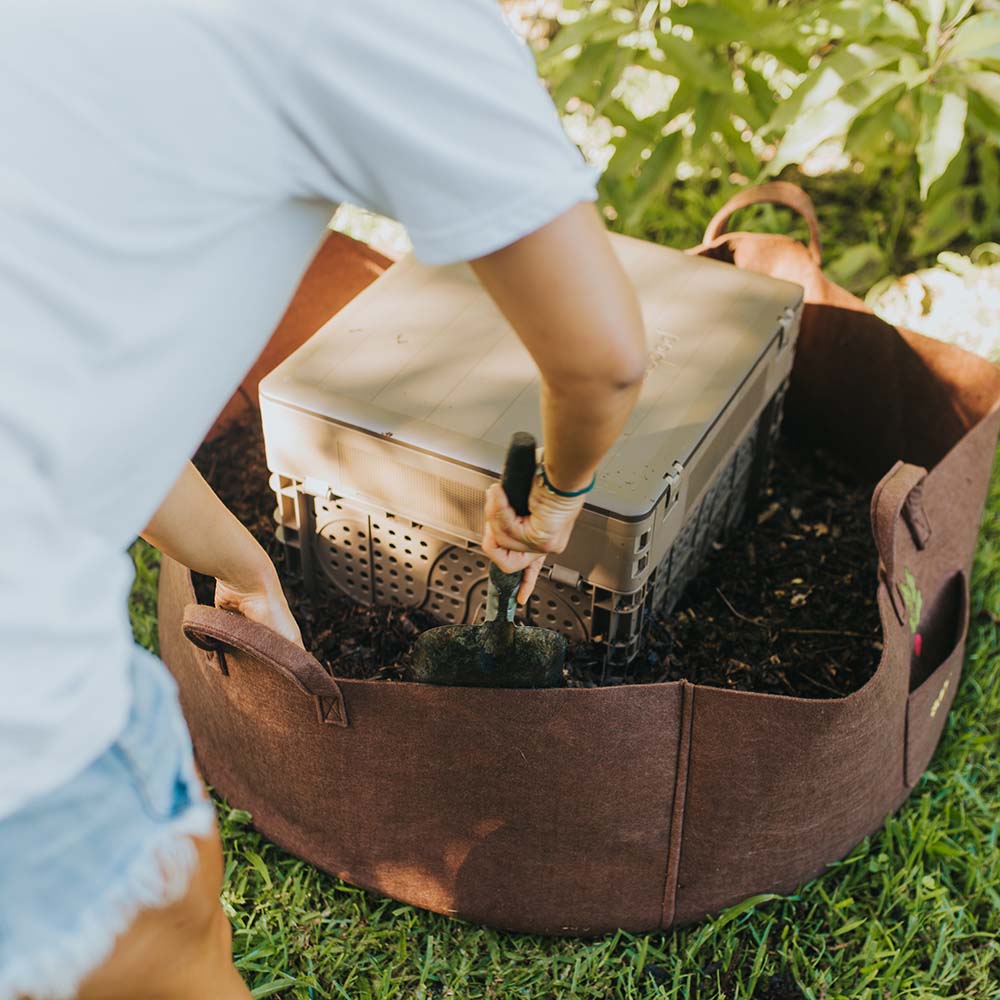From Waste to Wonder
Your Complete Guide to Subpod Composting
Welcome to the world of Subpod, where composting meets convenience, and sustainability is a lifestyle. This comprehensive guide will walk you through everything you need to know about Subpod, from its unique features to its operation, and why it's the perfect choice for your composting needs. We'll also share some top tips to get you started on your Subpod journey.
What is a Subpod?
Subpod is not just a compost system; it's a revolution in waste management and gardening. It's an innovative, below-ground composting system that doubles as a seat, seamlessly integrating into your garden or backyard.
Subpod is designed to tackle two major issues: food waste and soil health. It's a solution that not only helps you manage your kitchen waste but also enriches your soil, promoting a healthier garden.
How is Subpod Different?
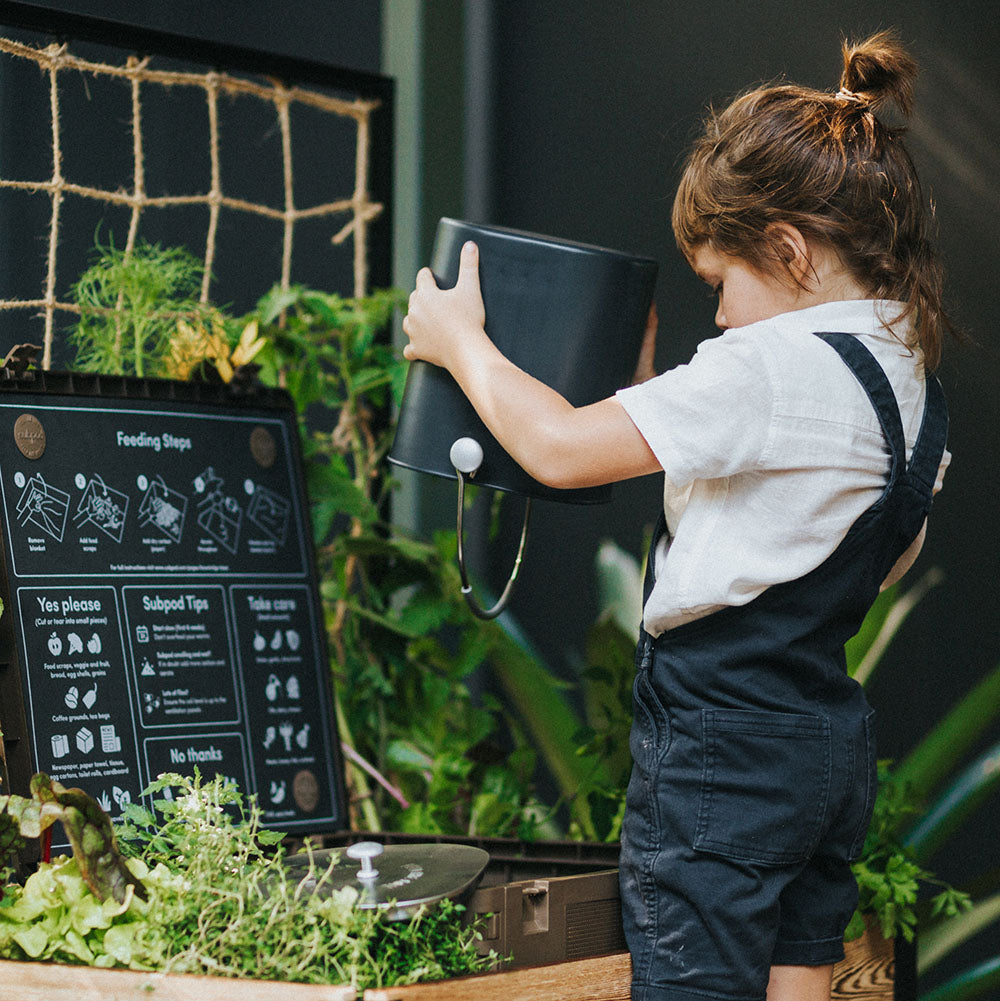
Unlike traditional composting systems, Subpod takes the process underground. This unique design has several advantages:
- Odor and Mess Free: Since the compost is buried, it doesn't emit unpleasant smells or leak messy leachates, a common issue with conventional compost bins.
- Dual Functionality: Subpod serves as a comfortable garden bench, offering a place to rest while you tend to your garden.
- Direct Soil Enrichment: As the compost decomposes, nutrients are directly fed into the surrounding soil, promoting plant growth.
- Ease of Use: Subpod's design makes it easy to add waste and turn compost, making the process more accessible for everyone.
How Does Subpod Work?
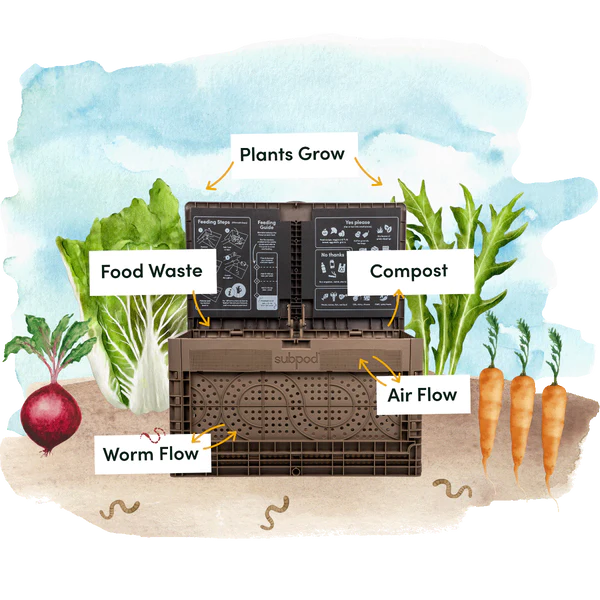
Subpod operates on the principle of aerobic composting. Here's a simple step-by-step guide:
- Add Your Waste: Fill your Subpod with organic waste from your kitchen. This can include fruit and vegetable scraps, coffee grounds, eggshells, and more.
- Turn the Compost: Use the compost aerator (included in Subpod Bundles) to mix the waste, promoting faster decomposition.
- Let Nature Do Its Work: Worms and microorganisms in the soil will break down the waste, turning it into nutrient-rich compost.
- Feed Your Garden: The compost enriches the surrounding soil, providing your plants with essential nutrients.
Why Choose Subpod?
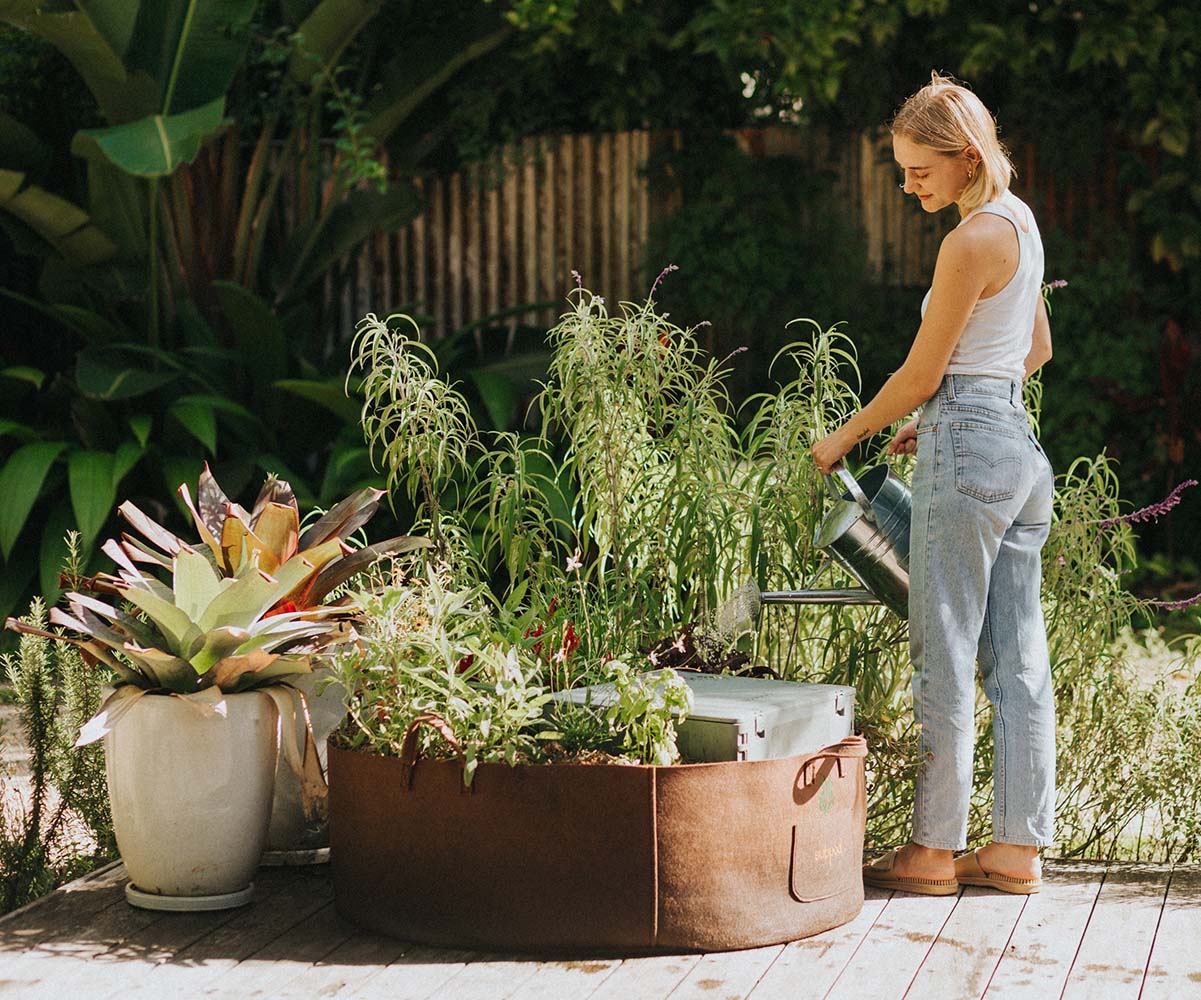
Subpod is more than a compost system; it's a commitment to a sustainable lifestyle. By choosing Subpod, you're not only reducing your food waste but also contributing to healthier soil and a healthier planet. It's easy to use, aesthetically pleasing, and delivers excellent results in terms of compost quality. Plus, it's a fantastic educational tool for children, teaching them about the cycle of life and the importance of sustainability.
Top Tips for Getting Started with Subpod

- Start Strong: Subpod relies on compost worms to efficiently process your food waste. We recommend starting with 500-2000 worms for the best results. Don't worry worms are readily available and easy to care for. Plus we are here to help with step by step guides and friendly customer support.
- Balance Your Inputs: For optimal composting, maintain a balance between 'greens' (fruit and vegetable scraps) and 'browns' (dry leaves, paper).
- Turn Regularly: Regular turning helps speed up the composting process and prevents any unpleasant smells.
- Start Small: If you're new to composting, start with small amounts of waste and gradually increase as you become more comfortable with the process.
- Patience is Key: Composting is a natural process and can take a few weeks to get to full efficency. Be patient, and you'll be rewarded with rich, nutrient-dense compost for your garden.
- Engage with the Community: Join the Subpod community to share experiences, learn from others, and get support.
Welcome to the Subpod family, where we're turning waste into wonder, one Subpod at a time. Happy composting!
The Environmental Impact: Composting and Sustainability
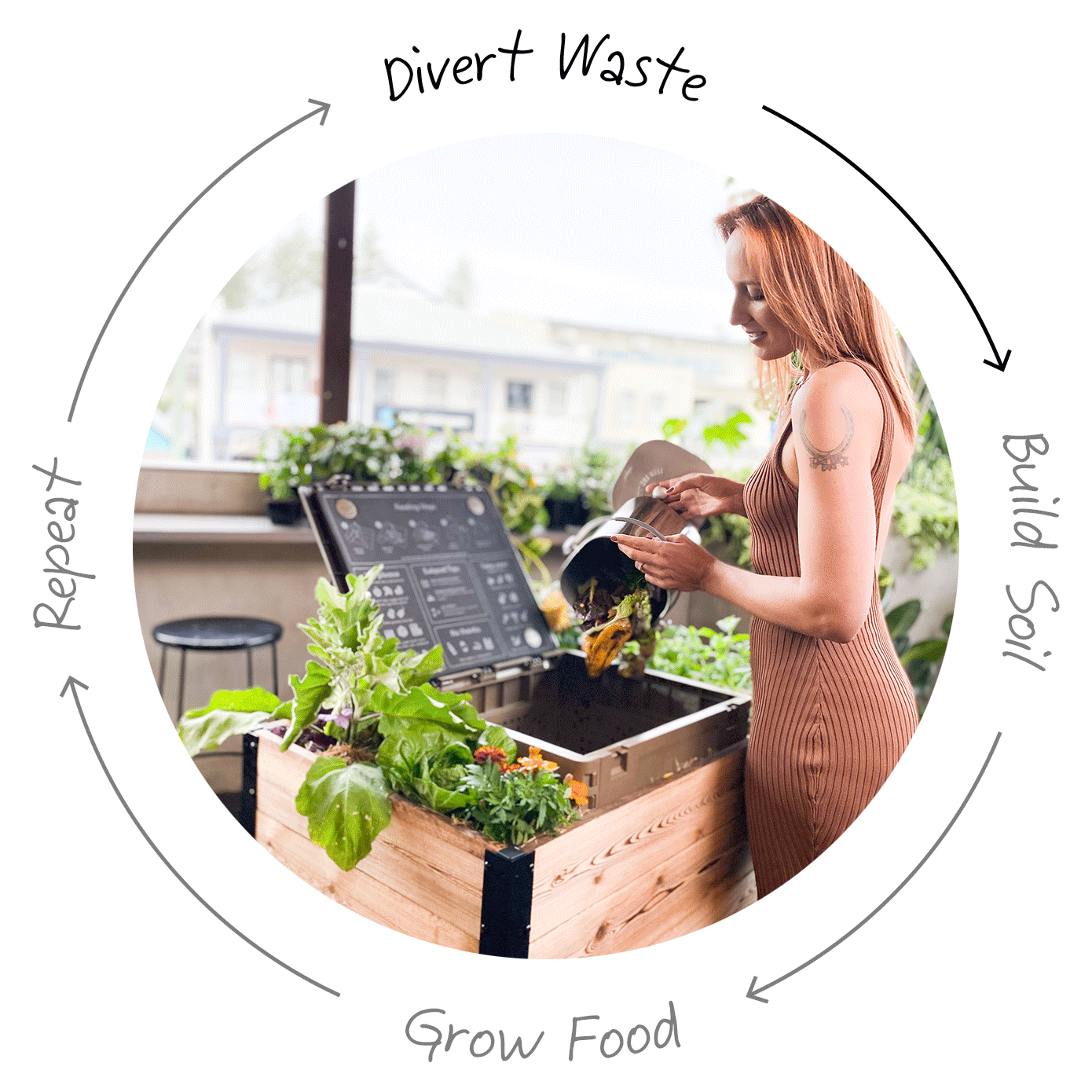
Food waste is a significant global issue. According to the United Nations, approximately one-third of all food produced worldwide is wasted. This waste doesn't just represent lost resources; it also contributes to environmental problems. When food waste ends up in landfills, it decomposes without oxygen, producing methane, a potent greenhouse gas that contributes to climate change.
Composting with Subpod is a powerful way to combat this issue.
Here's how:
- Reducing Greenhouse Gas Emissions: By composting your food waste, you're preventing it from ending up in a landfill and producing methane. Instead, it decomposes aerobically (with oxygen), which doesn't produce methane.
- Conserving Resources: Composting transforms waste into a valuable resource – nutrient-rich compost. This reduces the need for synthetic fertilizers, many of which are produced using non-renewable resources and can contribute to water pollution when overused.
- Lowering Carbon Footprint: Composting at home reduces the need for waste collection and transportation, lowering carbon emissions associated with these services.
- Promoting Soil Health: Compost enriches the soil, improving its structure, water retention, and nutrient content. Healthy soils can absorb and store carbon, helping to mitigate climate change.
- Supporting Biodiversity: Compost is teeming with beneficial microorganisms, which contribute to soil health and biodiversity. By composting, you're supporting a whole ecosystem beneath your feet!
By composting with Subpod, you're not just managing your waste; you're actively contributing to a healthier planet. It's a small change in your daily routine that can have a big impact on our world. So, let's turn waste into wonder and make a difference, one Subpod at a time.
Find The Perfect Subpod Setup For You



